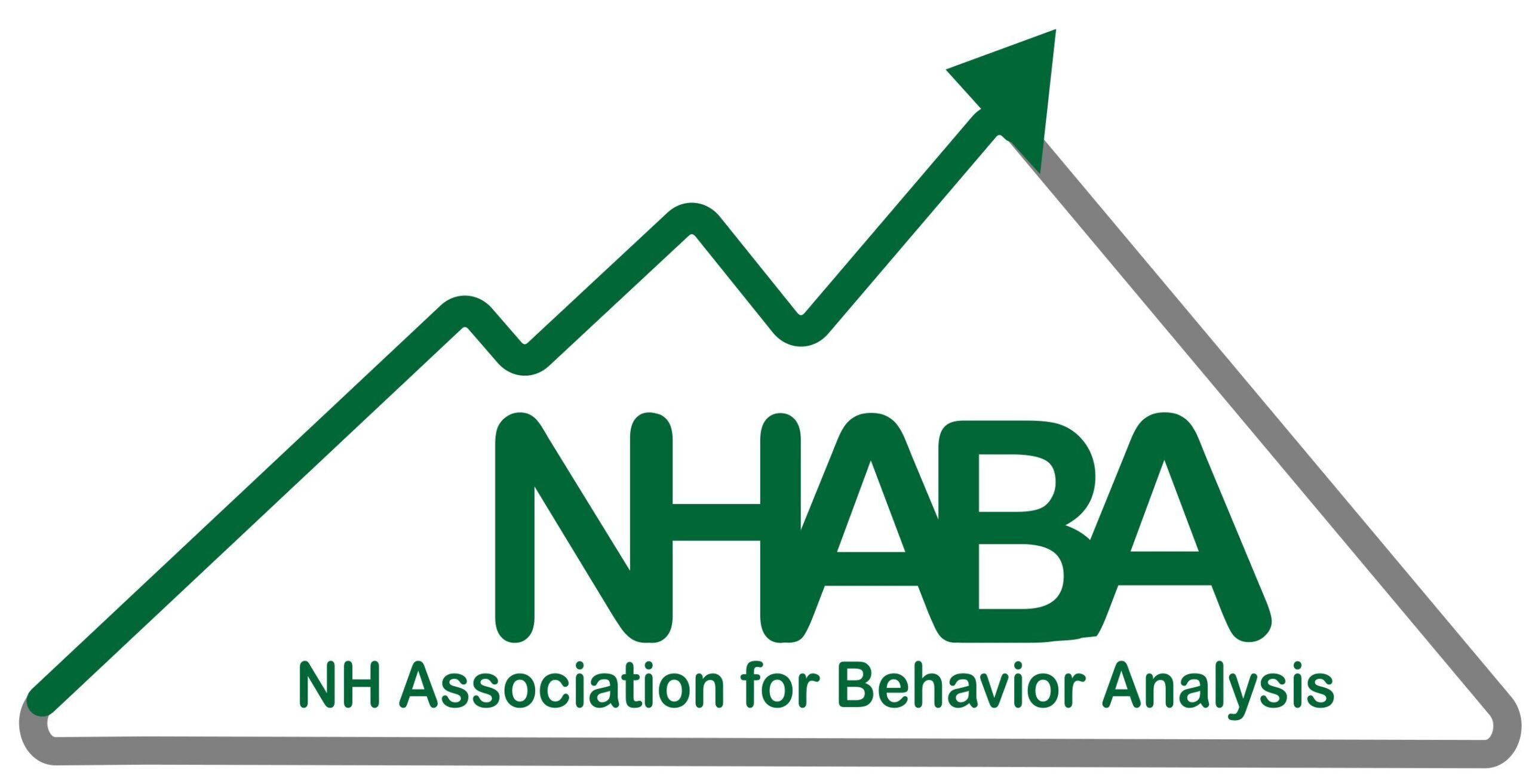Applied behavior analysis is an evidence based practice supported by research. It is the most widely used approach to assist children with autism spectrum disorder, but the principles and teaching methods are applicable to all children – and to larger issues in society. Despite the robust support for ABA, myths and misconceptions about the principles and strategies exist. Some of these misperceptions and the accurate facts about ABA are listed below.
Coercion is defined as use of force or intimidation to obtain compliance; this is the antithesis of ABA. ABA uses positive strategies whenever possible to achieve positive behavior change.
There are many approaches to behavior modification (medications, hypnosis or psychoanalysis, for example) that do not involve applied behavior analysis. Applied behavior analysis is one very specific approach to behavior change.
It is important to note that a practitioner who describes him/herself as a Behavior Specialist likely does not have the BCBA (Board Certified Behavior Analyst) credential. A BCBA must complete a Master’s Degree in ABA, 1500 hours of fieldwork experience and pass a rigorous board exam.
Many people have seen a method of teaching that falls under the umbrella of applied behavior analysis called Discrete Trial Teaching (DTT), which involves rapid presentation of many targets. This is commonly seen as ABA as a whole. DTT is only one small facet of the world of ABA and can be instrumental in teaching a variety if skills that are later incorporated into a child’s greater experience, but it is in no way the only method used in the field.
The behaviors identified for change in ABA are those which are socially significant to the individual and which would lead to meaningful changes in a person’s life.
